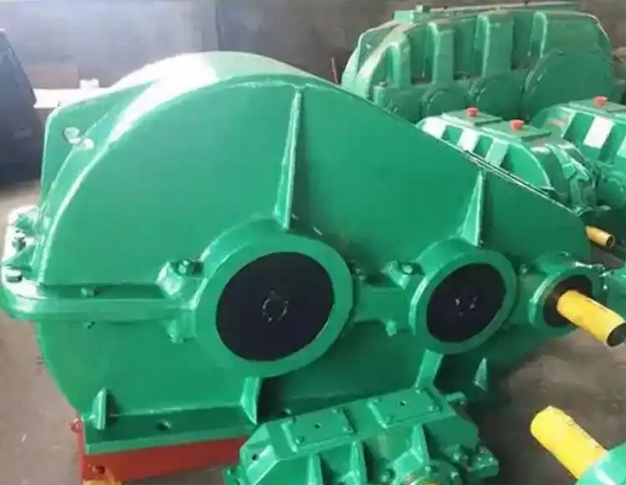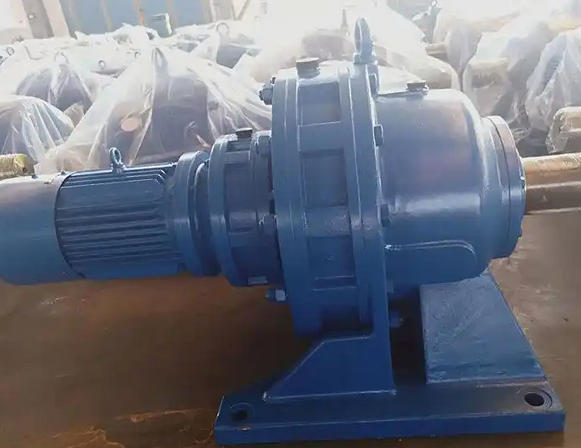Specific steps to determine whether the sealing structure of the ZQA650-31.5-3CA reducer needs replacement:
To determine whether the sealing structure of ZQA650-31.5-3CA reducer needs to be replaced, the following steps can be followed:1. Appearance inspection: Check the reducer housing, shaft extension, flange connection, and other parts for oil stains, oil droplets, or sludge accumulation. If it exists, it indicates that there may be lubricating oil leakage and there may be problems with the sealing structure. At the same time, check whether there are cracks or deformations in the shell, and whether the connection parts are loose, which may also lead to seal failure.

2. Oil level inspection: Regularly check the oil level of the gearbox. If the oil level drops significantly and other oil leakage reasons such as oil tank damage are ruled out, it is likely that the oil leakage is caused by the failure of the sealing structure, and further inspection of the sealing structure is needed.
3. Running sound monitoring: Start the gearbox and listen for any abnormal noise, such as impact sound, friction sound, etc. If the sealing structure is damaged, it may cause poor lubrication of internal components, resulting in abnormal noise. In this case, the sealing structure needs to be inspected.
4. Temperature detection: Touch or use a thermometer to measure the temperature of the gearbox casing and determine if it exceeds the normal range. Damage to the sealing structure can cause lubricant leakage, affecting heat dissipation and lubrication, leading to an increase in temperature. If the temperature is significantly abnormal and factors such as excessive load and poor heat dissipation are excluded, it is necessary to consider whether the sealing structure needs to be replaced.
5. Seal disassembly inspection: After the gearbox is shut down and safety measures are taken, disassemble the relevant components and remove the seal. Check for cracks, hardening, deformation, embrittlement, and other phenomena in the seals. Focus on inspecting the lip of seals such as oil seals to see if there is wear, deformation, or damage. Severe lip wear can lead to poor sealing. At the same time, check the elasticity of the sealing components. If they lose their elasticity, they also need to be replaced.
6. Internal impurity inspection: Open the gearbox and check for impurities such as dust, moisture, or metal debris inside. If there is, it may be due to the failure of the sealing structure, causing external impurities to invade. In this case, the sealing structure needs to be replaced and the internal impurities cleaned.
7. Consider running time and environment: If the gearbox has been running for a long time and has reached or exceeded the expected service life of the seal, even if there are currently no obvious signs of leakage or damage, preventive replacement can be considered. If the gearbox operates in harsh environments such as high humidity, extreme temperature, or corrosive chemicals, the seals are prone to damage. The inspection cycle should be shortened and seals with signs of aging or damage should be replaced in a timely manner.


